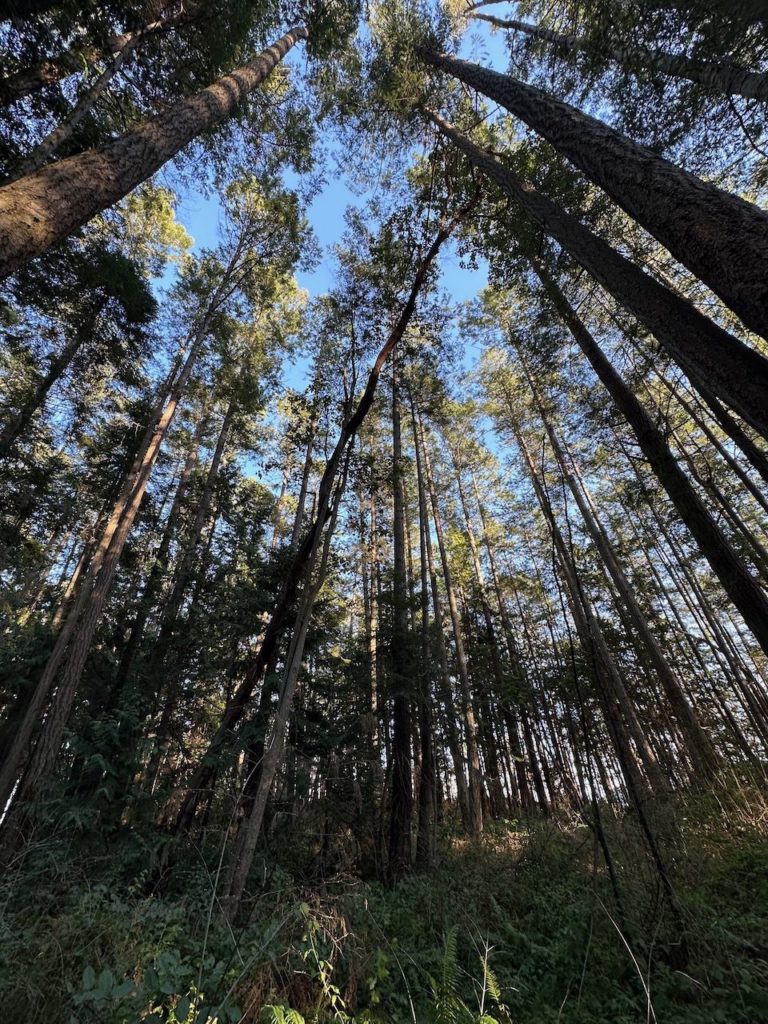
Trees and Divinity
What is the relationship between kami and trees? And why do we refer to the forest here at Shin Mei Spiritual Centre as “Chinju no Mori” 鎮守の杜, or “Sacred Forest”?
The scholar Norinaga Motoori (1730-1801) explained the word “kami” this way: In general, the word kami refers to, first of all, the various kami of heaven and earth spoken of in the classics, and the spirits (mitama) installed in their shrines, and it goes without saying that it also refers to…birds and beasts and grass and trees, ocean and mountains—and anything else that has superior and extraordinary power, provoking awe.
The “awesome” quality of Nature—that takes your breath away and connects to something deep inside you—this is experiencing kami. The very presence of the divine in Great Nature, and within ourselves.
And so, when we are immersed in Great Nature—whether it is among the giant veteran trees and the young saplings, or whether it in the midst of a great ocean—we are plunged into this divinity, this sacred quality of Great Nature.
This is exactly what attracted me to the practice of Forest Therapy (also called Forest Bathing or Shinrin Yoku 森林浴). It is a guided experience of deep relationship with Nature. Not just receiving the benefits of the forest environment or enjoying the awe of Nature. It is relational—a give and take experience between myself (a human) and Nature (sometimes referred to as “more than human beings”).
Forest Therapy is not, in its methodology, a religious practice. I find that many people shy away from “religion.” The term invokes feelings of dogma, preaching, and certitude.
Yet the “aha” moments and the joy and brightness that come forth from a relationship with Nature—this surely is a form of the divine.
I invite you to come experience the awesome qualities of the forest here. No matter your spiritual practice or faith—see what may emerge from a conversation with the forest beings!